Weekly Tech Recap - № 267 - iPad Air, Project Natick, Scorpion Cockpit, PlayStation 5, ARM-Nvidia
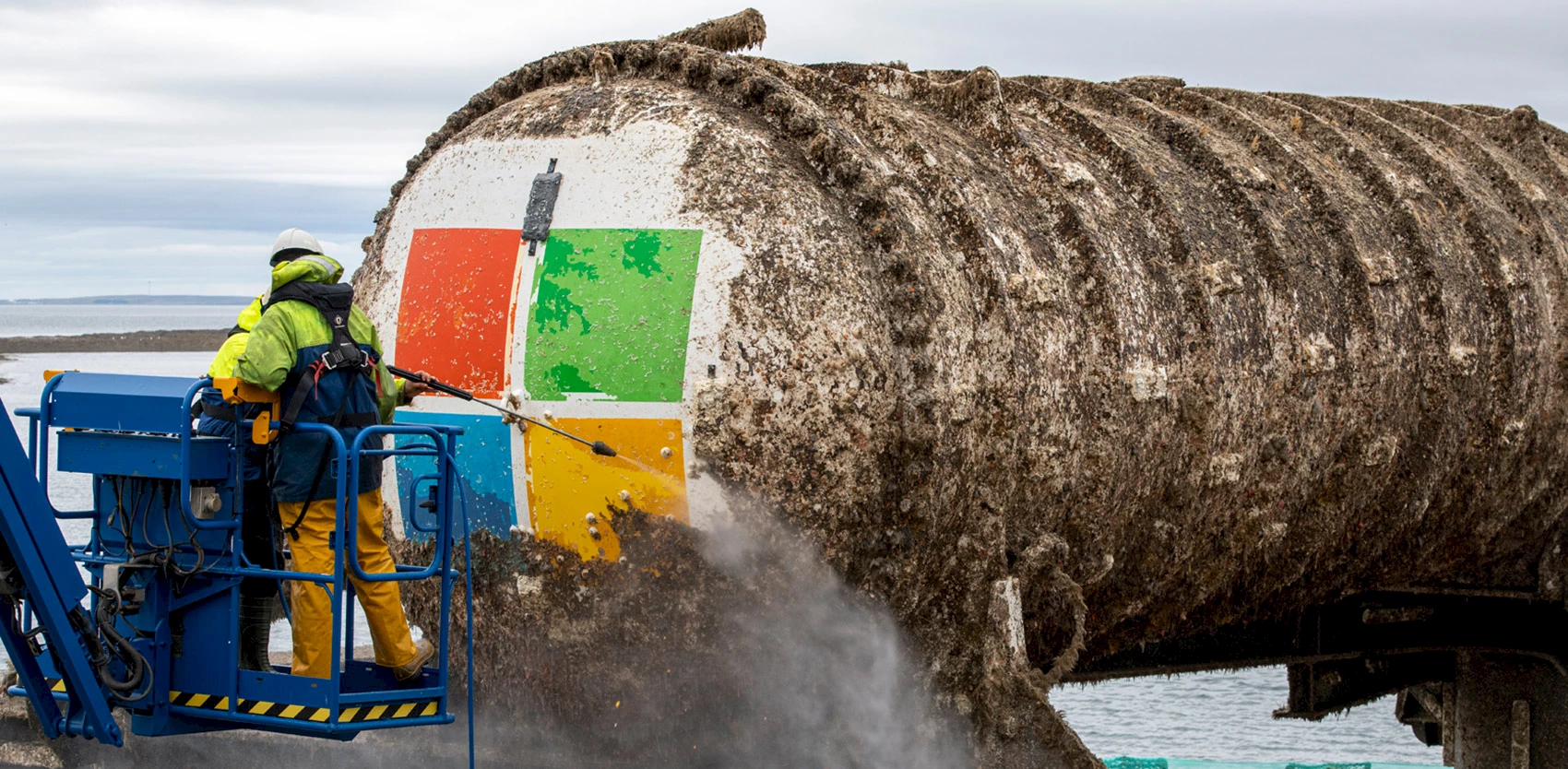
New iPad Air
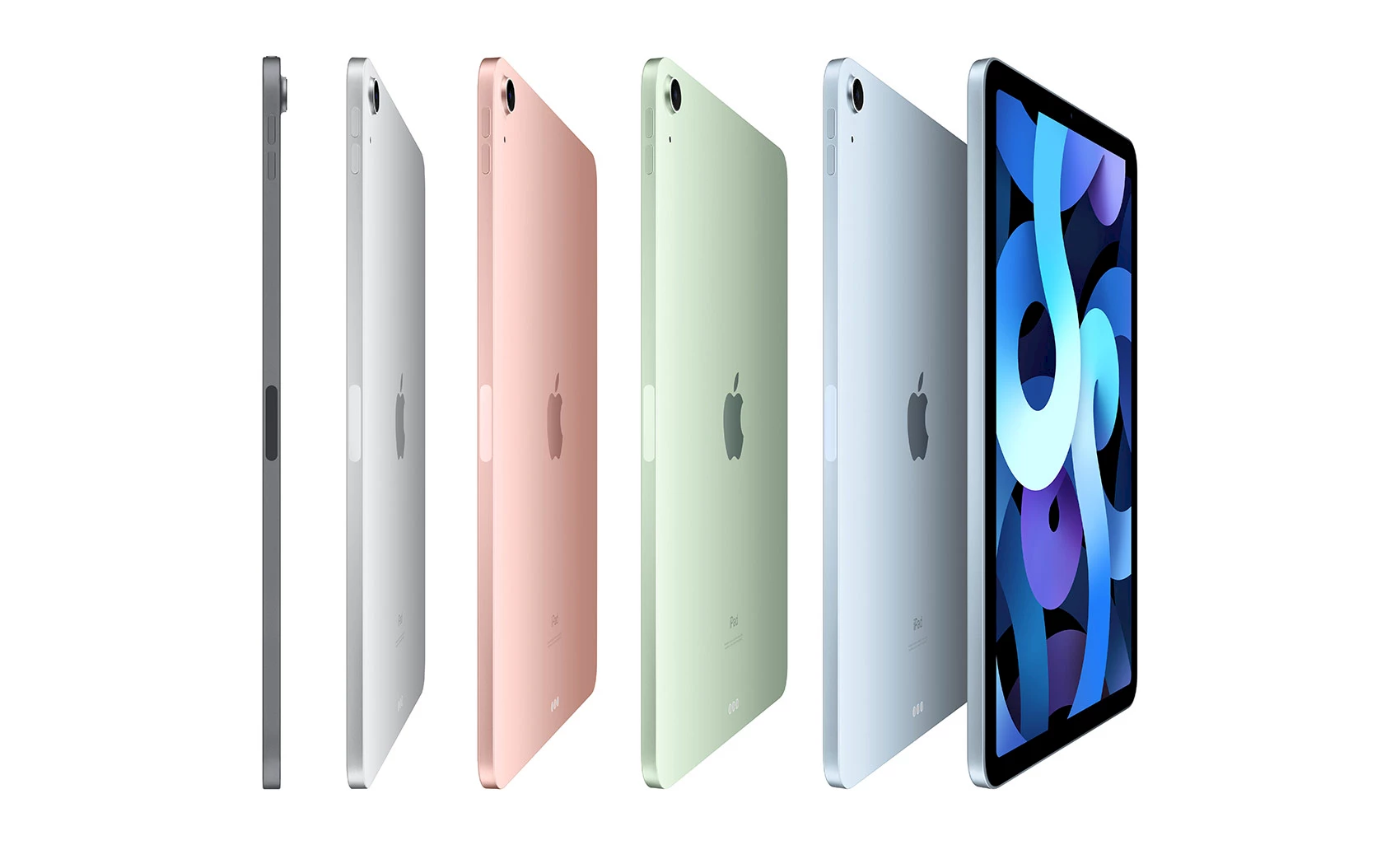
"iPad Air 2020. © Apple.
At Apple’s latest Special Event, Tim Cook announced a new iPad Air. Starting at USD600 (CAD780), it comes in five colors (silver, space gray, rose gold, green, and sky blue), and two storage options: 64GB or 256GB. With a 10.9-inch Liquid Retina display (2360 x 1640px), it measures 9.7” x 7” x 0.24” and weighs just over 1lb. New to Apple devices is the Touch ID fingerprint reader, integrated into the top button (only the iPad Pro has the TrueDepth sensor for Face ID authentication, a feature of limited use in these mask-wearing times). The camera is clearly better than the previous generation, with 12MP and 4K video at 60ips. The lithium-polymer, 28.6Wh battery lasts about 10 hours. Also, the iPad Air supports the iPad Pro’s Magic Keyboard and Pencil 2. But one of the best features of this device is that it has the new A14 SoC, which will power the next generation of iPhones and, no doubt, the first Mac ARMs. This first-ever 5nm chip, says Apple, offers a 40% CPU improvement and a 30% GPU performance boost. The iPad Air will be available in October, probably coinciding with the new generation of much-anticipated iPhones.
⇨ YouTube, “Apple September 2020 event in 12 minutes.”
⇨ Ars Technica, Samuel Axon, Jim Salter, “The new iPad Air goes all-screen, adds Magic Keyboard support.”
Project Natick makes a splash
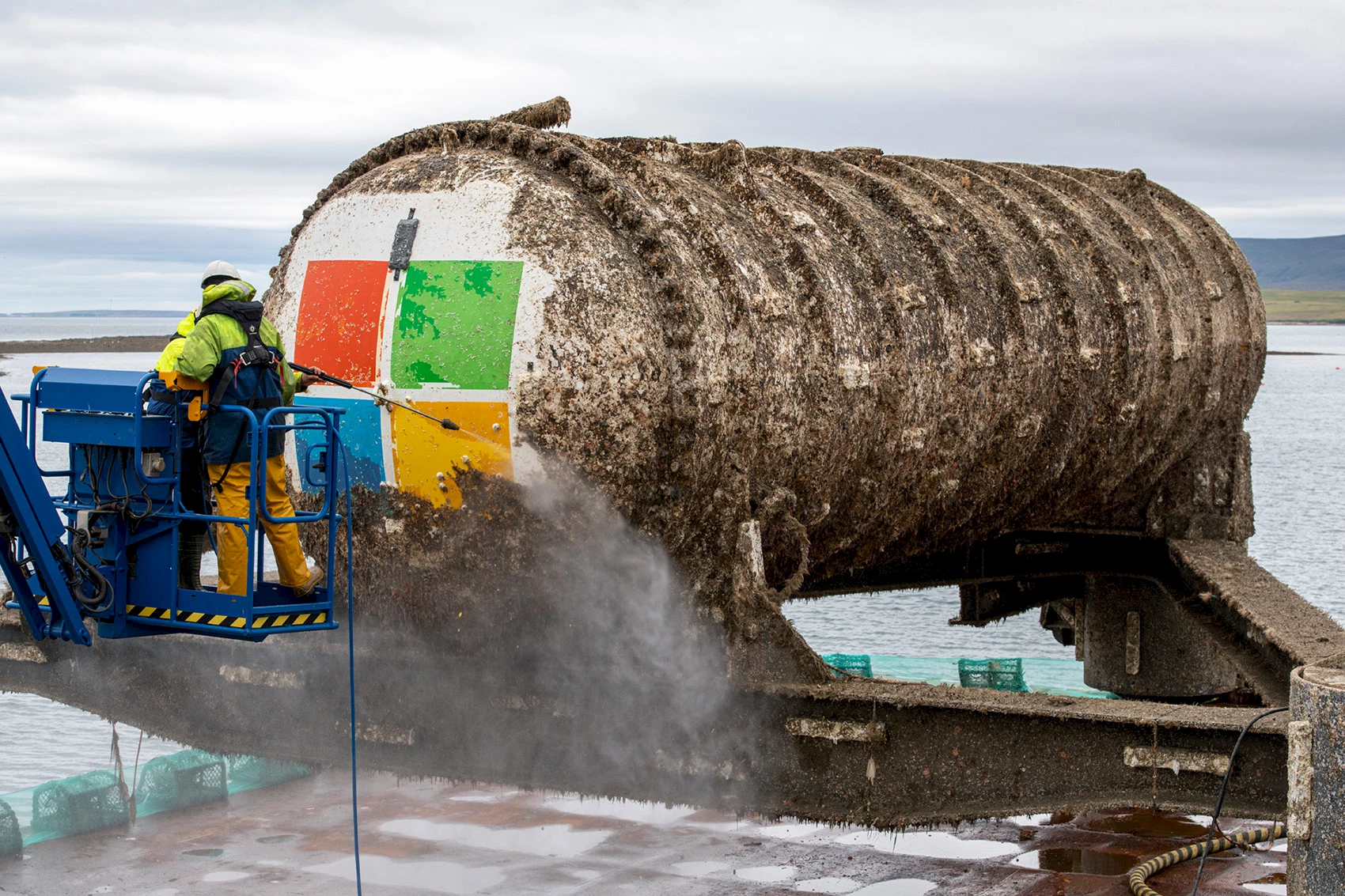
Project Natick. © Microsoft.
In 2014, seeking to extend its cloud capacity in a “greener”, environmentally-friendly way, Microsoft launched Project Natick, a proof-of-concept to test the feasibility of operating a server farm underwater. The expected benefits were limitless water-based cooling, and the potential to use renewable energy sources like offshore wind turbines, marine currents, tides and waves. All over the planet, more than half of the world’s population lives within 200km of the sea, and the closer datacentres are to clients, the fastest the signal between them and the cloud. After a two-year experiment with a datacentre immersed off the coast of Scotland, near the Orkney Islands, Microsoft announced that project Natick had emerged as a success. Lifted from the North Sea seafloor, the watertight tube encasing Microsoft servers was festooned with algae, barnacles and sea anemones. Once cleaned and opened, it revealed a pristine environment. The experience showed that servers operating in an underwater datacentre are eight times more reliable than those on dry land, for reasons that have yet to be fully understood. The team hypothesizes that the atmosphere of nitrogen, which is less corrosive than oxygen, and the absence of people to bump and jostle components, are the primary reasons for the difference.
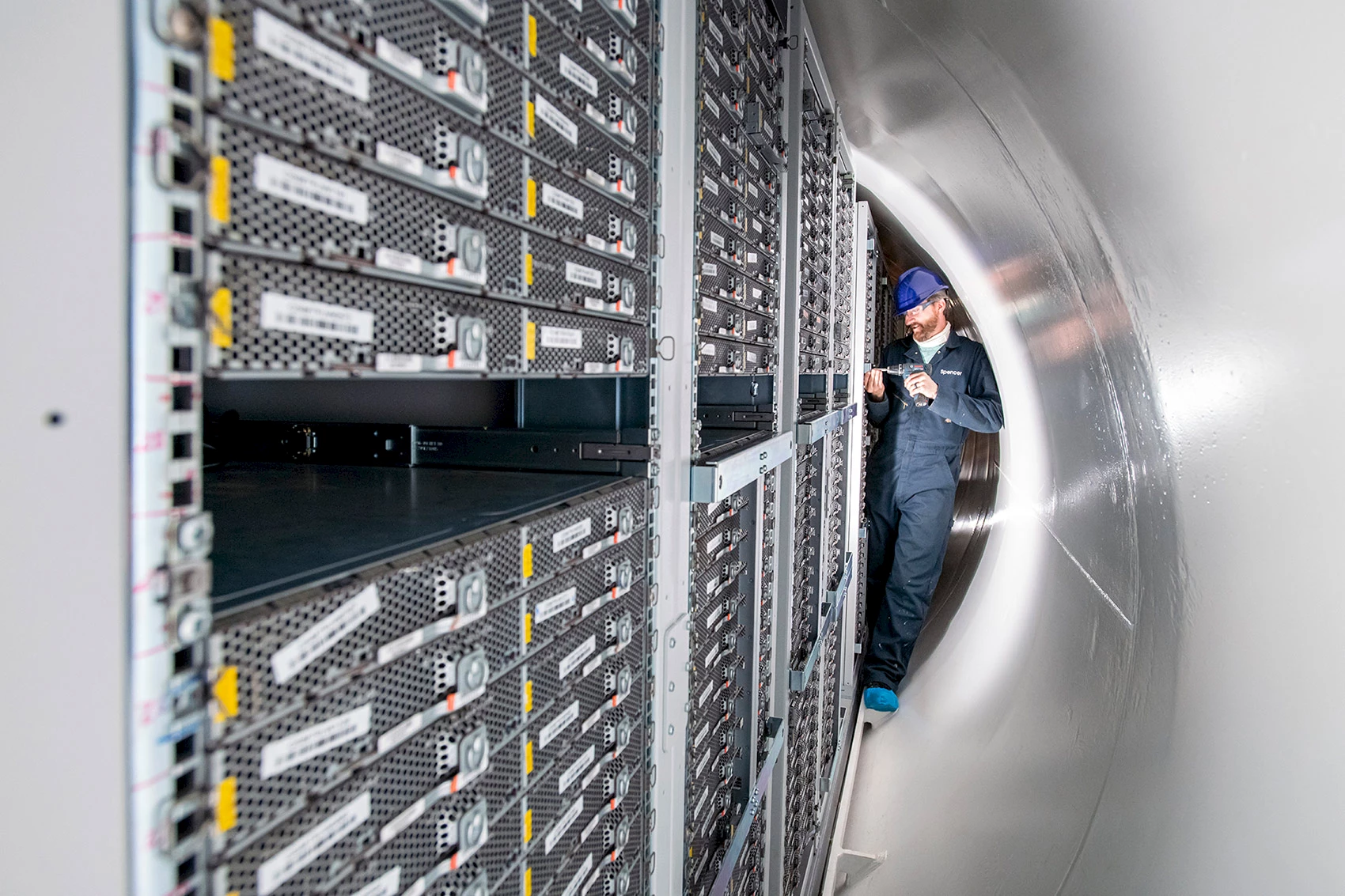
⇨ YouTube, “Microsoft reveals findings from Project Natick, its experimental undersea datacenter.”
⇨ Microsoft, John Roach, “Microsoft finds underwater datacenters are reliable, practical and use energy sustainably.”
Scorpion Computer Cockpit
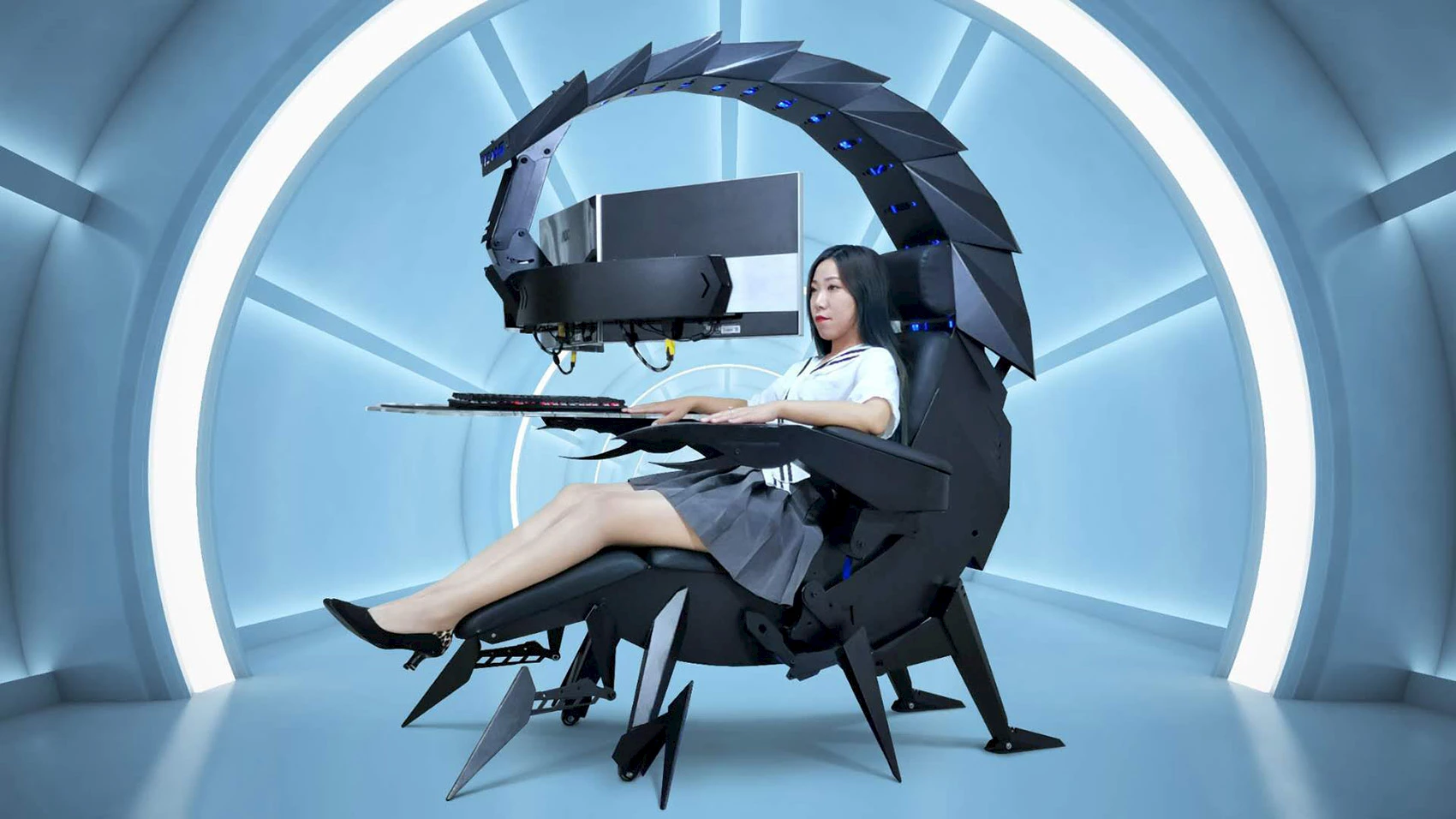
Scorpion Computer Cockpit. © Cluvens.
Have you always wanted to take part in your Zoom meetings looking like a supervillain? Now you can! Behold, the scorpion cockpit by Cluvens, priced at USD3,000. According to Cluvens, it can support an ultra-wide 49-inch monitor, or three curved 27-inch monitors. It weighs 265 pounds, is 65 inches long, 47 inches wide and 82 inches tall with its tail fully extended. The chair even comes with a massage and heating function so you can enjoy some quality time while you’re making yourself look like the ultimate villain. The Cluvens Scorpion Computer Cockpit is now available for order on the Cluvens web site, with delivery in 3 to 6 weeks. The chair comes in a wooden crate weighing some 300lb, which is sidewalk-delivered. Setup is a two-person job, and requires one to two hours.
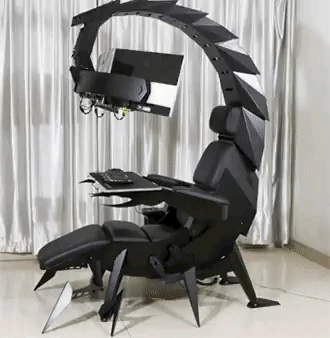
⇨ The Verge, Kim Lyons, “Nothing says ‘ready to game’ quite like being cocooned in a giant scorpion cockpit.”
Price and date announced for the PS5
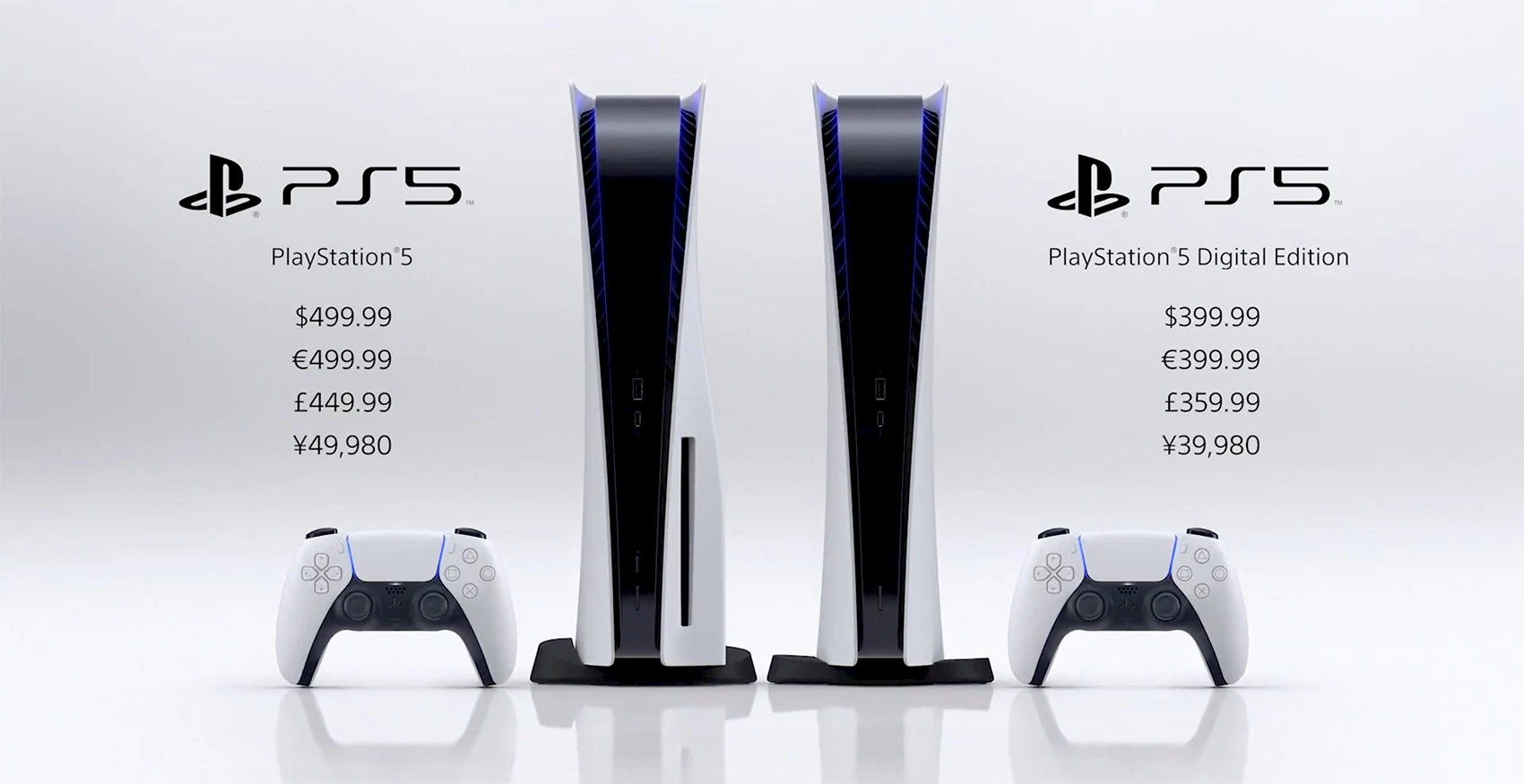
The 4 currencies that matter in the world. © Sony.
After the announcement of the price and availability date of the Xbox Series S and X last week, we finally know more about the PS5: Sony’s new PlayStation consoles will hit the market from November 12, two days after the Xbox. The PS5 will cost USD500, and the “all-digital” version (i.e. without a Blu-ray disk drive), USD400. An extra DualSense controller will cost USD70. Pre-orders are already available at some retailers. Six exclusive titles will ship alongside the device: Astro’s Playroom (pre-installed), Demon’s Souls, Destruction All Stars, Marvel’s Spider-Man: Miles Morales (plus the Ultimate Edition), and Sackboy: A Big Adventure. Some of these games will also launch later in PS4 version. Sony claims that 99% of PS4 games will operate seamlessly on the PS5.
⇨ Ars Technica, Kyle Orland, “PlayStation 5 event: $499 with a disc drive, $399 without, on Nov. 12.”
Nvidia gets its hands on ARM
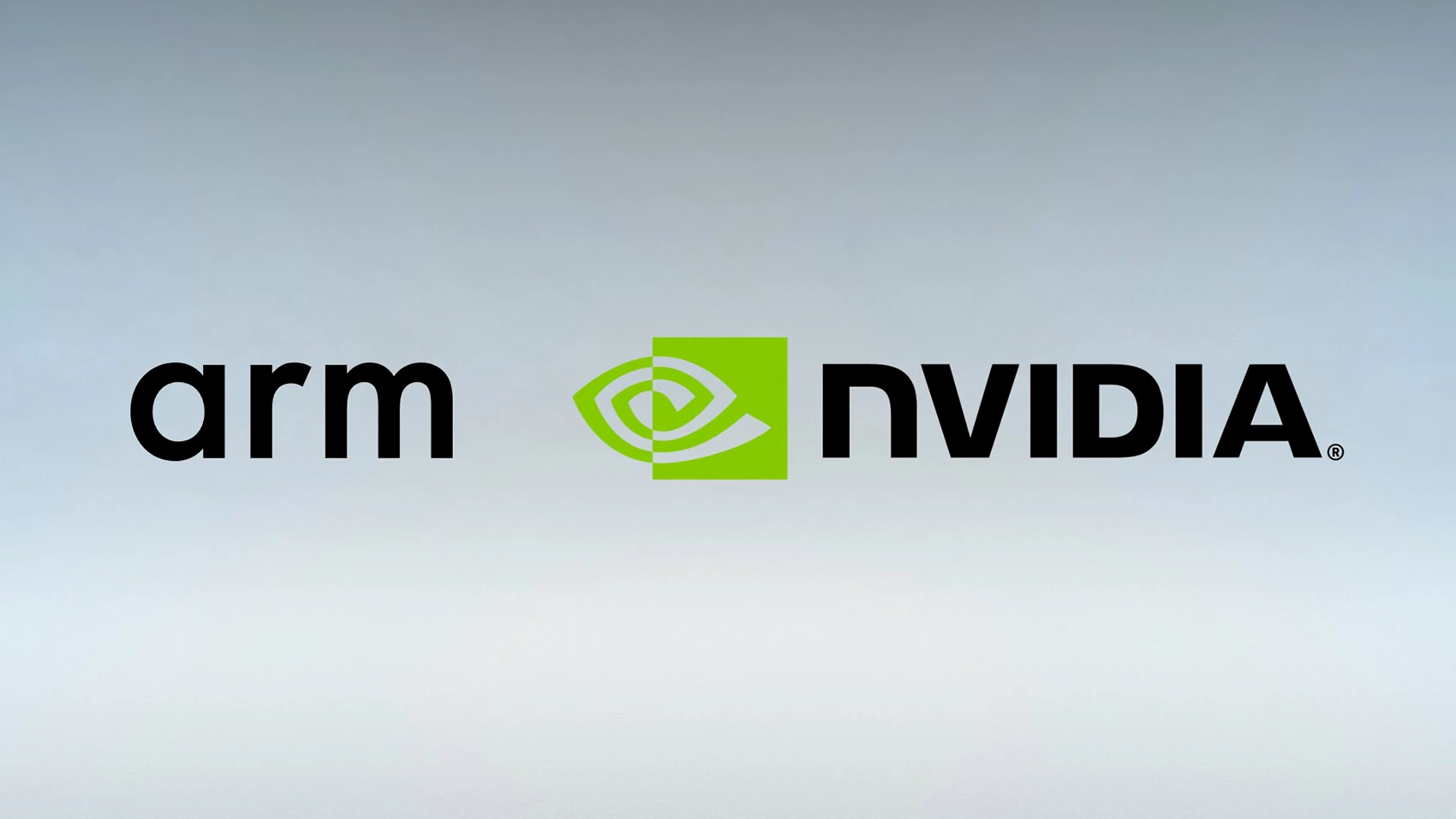
© Nvidia.
On Sunday, SoftBank announced it was selling ARM Holdings to Nvidia for USD40 billion in cash and stock. The ARM architecture, sold under license, powers most modern phone processors, countless computers, gaming consoles and graphics cards. SoftBank had acquired ARM in 2016 for USD32 billion, whereas Nvidia will pay USD21.5 billion in stock and USD12 billion in cash, including USD2 billion on the barrel. SoftBank may also receive up to $5 billion in cash or stock subject to ARM hitting financial-performance targets, and Nvidia will also issue USD1.5 billion in stock to ARM employees. ARM will remain headquartered in its hometown of Cambridge, England. Nvidia is in direct or indirect competition with several ARM customers (including Intel, Samsung and Qualcomm) and on very bad terms with other companies like Apple. However, the company promises it will keep ARM licensing totally neutral.
⇨ Ars Technica, Arash Massoudi, Robert Smith, James Fontanella-Khan, “Nvidia buys ARM Holdings from SoftBank for $40 billion.”
⇨ Ars Technica, Ron Amadeo, “Nvidia will keep ARM licensing ‘neutral,’ wants to license GPU tech, too.”
